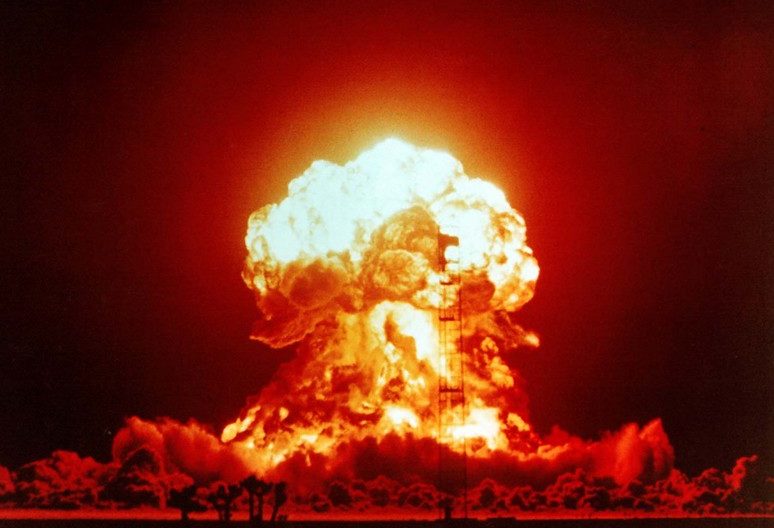
View the article “How to evaluate the risk of nuclear war”.
This article, published in BBC Future, discusses the quantitative analysis of nuclear war risk. It is written in the context of the Russian invasion of Ukraine and also discusses more general analytical issues, such as found in GCRI’s nuclear war research.
See also the GCRI Statement on the Russian Invasion of Ukraine.
The article begins as follows:
One day last week, I woke up in the morning and looked out the window to see the Sun was shining. My neighbourhood in the New York City area was calm and normal. “OK good,” I said to myself, “we made it through the night without a nuclear war.” I work for the Global Catastrophic Risk Institute, a US-based think tank, where it’s my job to think about humanity’s gravest future threats. It’s rare, however, that I have gone to sleep wondering whether the very next day will bring an exchange of nuclear weapons.
In the first few days of Russia’s invasion of Ukraine, the conflict was escalating so fast that it could have conceivably gone all the way to nuclear war. My country, the United States, supports Ukraine, making it a potential target of a Russian nuclear attack. Fortunately, that hasn’t happened.
The remainder of this article is available at BBC Future.
Commentary about this article can be found in a Twitter thread here.
Image credit: National Nuclear Security Administration / Nevada Site Office via Wikimedia Commons







